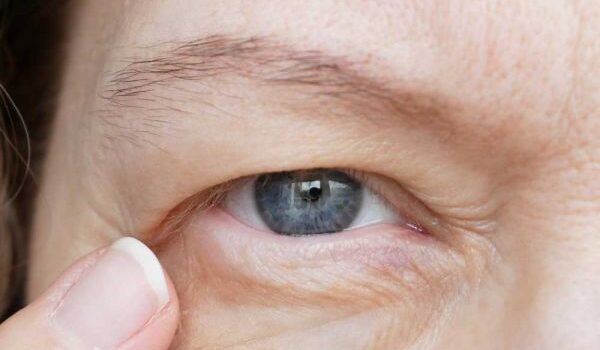
Blepharoplasty is a surgical procedure that corrects drooping eyelids by removing extra skin, muscle, and fat. Your eyelids extend as you grow older, and the muscles that hold them back weaken. As a consequence, extra fat may accumulate above and below your eyelids, resulting in drooping brows, droopy upper lids, and bags under your eyes. In addition to making you seem older, sagging skin around your eyes can limit your peripheral vision, particularly in the top and outer regions of your field of vision. These visual issues can be reduced or eliminated by blepharoplasty, and your eyes will seem younger and more alert.
Why Blepharoplasty?
- Droopy Eyelids: Those with drooping eyelids may find that an eye lift is medically required. This will help to guarantee that superfluous skin does not get in the way of vision. Another advantage of this procedure is that your skin will be tightened, which will make you seem younger.
- Excess Skin on Lower Lids: If you have extra skin on your lower eyelids, this sort of surgery may be a viable option for you. Sagging, wrinkles, and excessively dry eyes can all be caused by excess skin. A qualified plastic surgeon will make a series of outward incisions following the natural curve of the lower eyelids. To attain your desired look, the extra fat and skin can then be tightened or eliminated.
- Eye Puffiness – Patients might also benefit from eye lift operations to reduce the look of swollen eyes. Depending on the individual’s circumstances, surgery can be performed on the upper eyelids, lower eyelids, or both at the same time. Removing excess fat deposits from the lids and tightening the skin can make eyes seem less puffy and increase the patient’s satisfaction with their appearance significantly.
- A blepharoplasty operation can be used to create one on the upper eyelids for individuals who do not have an eyelid fold line or who desire a more obvious eyelid fold line. This will also help to attain a more youthful appearance by tightening and lifting the skin across the region.
Risks to blepharoplasty
- Infection and bleeding
- Dry, irritated eyes
- Difficulty closing your eyes or other eyelid problems
- Noticeable scarring
- Injury to eye muscles
- Skin discoloration
- The need for a follow-up operation
- Temporarily blurred vision or, rarely, loss of eyesight
- Risks associated with surgery in general, including reactions to anesthesia and blood clots,
What to expect:
Blepharoplasty is often performed as an outpatient procedure. To help you relax, your surgeon injects numbing medicine into your eyes and administers intravenous medication. If you undergo surgery on both your upper and lower eyelids, the surgeon will often start with the upper lids. He or she makes an incision along the eyelid’s fold, removes some superfluous skin, muscle, and maybe fat, and seals the wound. The surgeon makes an incision slightly below the lashes in the natural crease or within the lower lid on the lower lid.
You will spend time in a recovery room following surgery, where you will be monitored for problems. You are free to go later that day to rest at home.
Following surgery, you may have the following symptoms:
- The lubricating ointment administered to your eyes has blurred your vision.
- eyes that are watering.
- Sensitivity to light
- Doubtful perception
- Eyelids that are puffy and numb
- Bruising and swelling comparable to black eyes
- Discomfort or pain
Many patients are pleased with their blepharoplasty outcomes, which include a more relaxed and youthful appearance as well as increased self-confidence. The effects of surgery may last a lifetime for some people. Others may have a recurrence of droopy eyelids. Bruising and swelling usually go away in 10 to 14 days, at which point you should be allowed to go out in public again. The surgical incisions may leave scars that take months to disappear. Take care not to overexpose your delicate eyelid skin to the sun.
